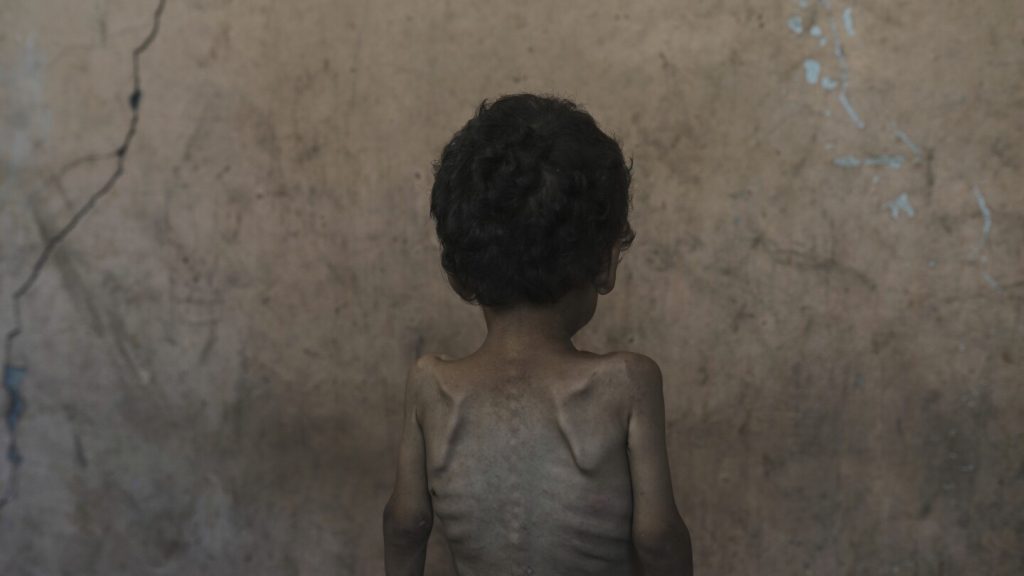TEL AVIV, Israel (AP) — According to a new alert from the leading global authority on food crises, the “worst-case scenario of famine is currently unfolding in the Gaza Strip.” The report warns of “widespread death” unless immediate action is taken.
While the alert does not constitute a formal famine declaration, it follows increasing international concern over images of malnourished children and reports of hunger-related fatalities after nearly 22 months of conflict. In response to international pressure, Israel announced measures over the weekend, including daily humanitarian pauses and airdrops, but many on the ground, including the United Nations, assert that little has changed, with desperate crowds overwhelming delivery efforts.
The Integrated Food Security Phase Classification (IPC) indicates that Gaza has been on the verge of famine for two years, but recent events have “significantly worsened” the situation, particularly due to “stricter Israeli blockades.”
Declaring a formal famine is rare and requires comprehensive data, which the current lack of access to Gaza hampers. The IPC has previously declared famine on a few occasions, including in Somalia in 2011 and South Sudan in 2017 and 2020.
Experts, however, believe the situation in Gaza does not necessitate an official declaration to recognize the crisis. Alex de Waal, an authority on famine, emphasized that the visible symptoms in Gaza clearly indicate famine conditions.
Conditions for Famine Declaration
A region is classified in famine when three criteria are met: At least 20% of households face severe food scarcity; over 30% of children aged six months to five years suffer from acute malnutrition; and at least two individuals or four children under five die daily from starvation or disease-related malnutrition.
The report suggests that famine thresholds for food consumption have been reached across most of Gaza, with alarming levels of malnutrition noted in Gaza City. Essential services have collapsed, with one in three people going without food for extended periods, according to the World Food Program. Hospitals are seeing an alarming rise in hunger-related deaths among young children, as Gaza’s population of over 2 million is increasingly confined to small areas of devastated territory.
The latest IPC analysis warns that Gaza could descend into famine unless Israel lifts its blockade and halts military actions. The alert calls for urgent and extensive action, stressing that failing to intervene could result in widespread death across significant portions of the region.
Aid Restrictions
Israel has imposed varying degrees of aid restrictions throughout the conflict, initially cutting off the entry of essential goods to exert pressure on Hamas for hostage releases. Restrictions were somewhat eased in May, but the new U.S.-backed delivery system has struggled amid chaos and violence. Traditional U.N.-led aid efforts have encountered difficulties such as military restrictions and looting.
Although Israel asserts that there are no limits on aid truck entries into Gaza, U.N. agencies and humanitarian groups argue that current measures are insufficient to address the worsening starvation. Doctors Without Borders termed the new airdrop efforts as dangerous and ineffective, delivering less aid than traditional truck deliveries.
Israeli Prime Minister Benjamin Netanyahu has stated that no one is starving in Gaza, asserting that sufficient aid has been provided throughout the conflict. However, images from Gaza have led to differing opinions, with prominent figures like President Donald Trump acknowledging the evident hunger among children.
___
Anna reported from Lowville, New York.



